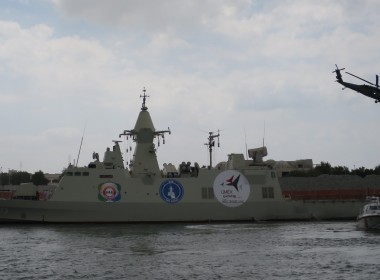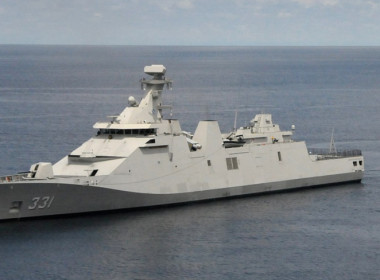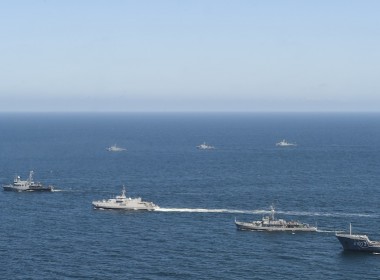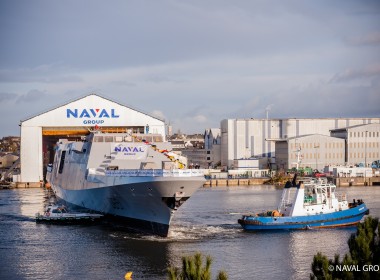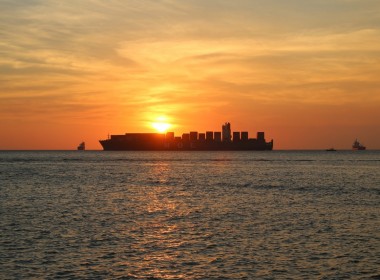COLUMN | Naval operations in Asian waters intensifying – edging towards conflict? [Naval Gazing]

Asia’s seaways have become a focus for what some analysts are describing as a new Cold War, namely the economic and military rivalry between Beijing and Washington. The resource-rich South China Sea (SCS), through which about one third of the world’s merchant vessel traffic passes annually, has become the scene of intense activity, with the leading players being PLA Navy warships, China Coast Guard (CCG) patrol ships, China Maritime Militia “fishing vessels” and US Navy warships, as well as “civilian” surveillance vessels of America’s Military Sealift Command.
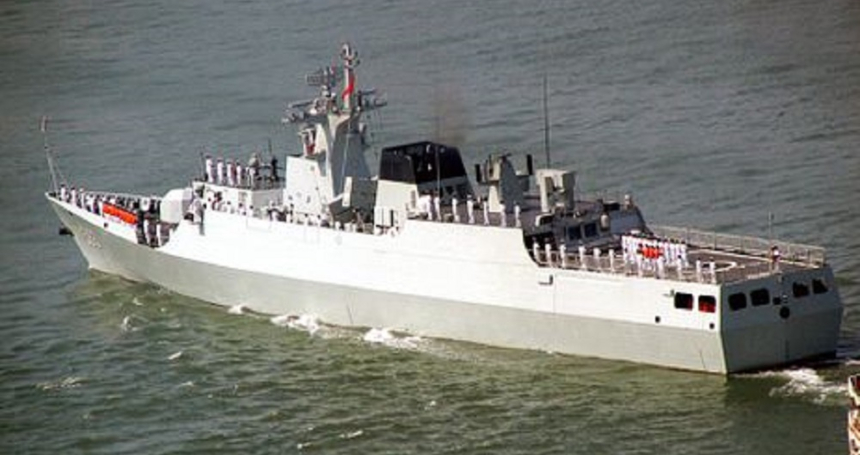
Recent proactive moves by China have included the PLA Navy corvette Liupanshui illuminating the patrolling Philippine Navy corvette Conrado Yap, with its fire control radar, and the ramming of a Vietnamese fishing boat off the Paracel islands by a Chinese vessel, reportedly CCG patrol ship 4006. The presence of Chinese oil and gas prospecting vessels, within and near the EEZs of Malaysia, Vietnam, and the Philippines, escorted by PLA Navy or CCG vessels, is now near-constant, and there are regular confrontations between Vietnamese warships and Chinese warships and paramilitary vessels escorting these ships.
Also, a PLA Navy task group centred on the aircraft carrier Liaoning twice transited the Miyako Strait, between Okinawa and Taiwan, and regional observers have noted that CCG vessels are increasingly supported by PLA Navy warships in maintaining a Chinese presence in the SCS.
Analysts believe that the motives behind Beijing’s moves to dominate the SCS, most of which it continues to claim, in defiance of the 2016 ruling by the Court of Permanent Arbitration include a desire for unchallenged exploitation of mineral and fishing resources, and to control international shipping routes, and to ensure a protected operating area, within range of the eastern United States, for PLA Navy ballistic missile armed nuclear powered submarines.
Washington vehemently opposes Chinese control of the SCS, and strongly backs the maintenance of freedom of navigation throughout the sea.
The PLA Navy and China Coast Guard (CCG) recently conducted a major exercise off the China- claimed and garrisoned Paracel Islands in the SCS, centred on a simulated opposed landing.
In response, the US Navy deployed, unusually, two nuclear-powered aircraft carriers, Nimitz and Ronald Reagan, escorted by the cruiser Princeton and destroyers Ralph Johnson, Sterret and Mustin into the SCS to carry out a range of air, surface and sub surface warfare exercises, simultaneously with the Chinese manoeuvres.
The littoral combat ship Gabrielle Giffords, meanwhile, carried out freedom of navigation operations, passing with 12 nautical miles of Chinese-claimed islets.
Backing up the surface assets were US Navy and US Air Force P-8 long range maritime patrol aircraft, EP-3 electronic intelligence gathering planes and B-52 strategic bombers.
Immediately after this exercise, Nimitz and its escorts joined up with Indian Navy warships, namely the destroyer Rana, frigates Sahyadri and Shivalik , and corvette Kamorta, in order to carry out evolutions in the Indian Ocean, an area which is seeing increased PLA Navy activity. The Ronald Reagan Carrier Strike Group, for its part, carried out exercises in the Philippine Sea with the amphibious warfare vessel Canberra, destroyer Hobart, frigates Arunta and Stuart and replenishment tanker Sirius of the Royal Australian Navy, and the Japan Maritime Self Defence Force (JMSDF) destroyer Teruzuki.
Washington hopes that such displays of force can restrain Chinese maritime ambitions. While numerically large, the PLA Navy lacks combat experience, and is hampered by complicated command and control procedures, induced by its political commissar officer system.
Tokyo has also stepped up its response to incursions into Japanese-claimed territorial waters. JMSDF warships, including the helicopter carrier Kaga, and diesel-electric attack submarines, have been tracking increased operations by PLA Navy submarines, and CCG patrol ships, around the disputed Senkaku (Diaoyu) islands in the East China Sea, and Amami Oshima Island, which is situated between Okinawa and Taiwan.
Concerns over these incursions were the catalyst for Tokyo’s decision to expand its efficient, already 19-strong, fleet of submarines.
Also, Okinawa-based F-15 fighters are now kept on quick reaction alert in order to respond to regular overflights of the Senkakus by Chinese J-11 interceptors operating from a base in Fujian.
Washington is pressuring nations to join it in making a stand against Chinese domination of Asian seaways. Australian warships are now regularly operating with US Navy battle groups, and early 2021 is scheduled to see a deployment to Asian waters of French, Dutch and British warships, including the UK Royal Navy’s F-35B
fighter-bomber equipped aircraft carrier Queen Elizabeth.
The scene is set, then, for continued escalation of tensions, with some analysts fearing that, while all-out conflict is unlikely, some form of kinetic action could be edging closer.
See all the other news, reviews and features of this month’s Maritime Security Week right here.


![COLUMN | Naval operations in Asian waters intensifying – edging towards conflict? [Naval Gazing]](https://www.bairdmaritime.com/wp-content/uploads/Maritime-Security-Week-Banner-860x130-2.gif)
